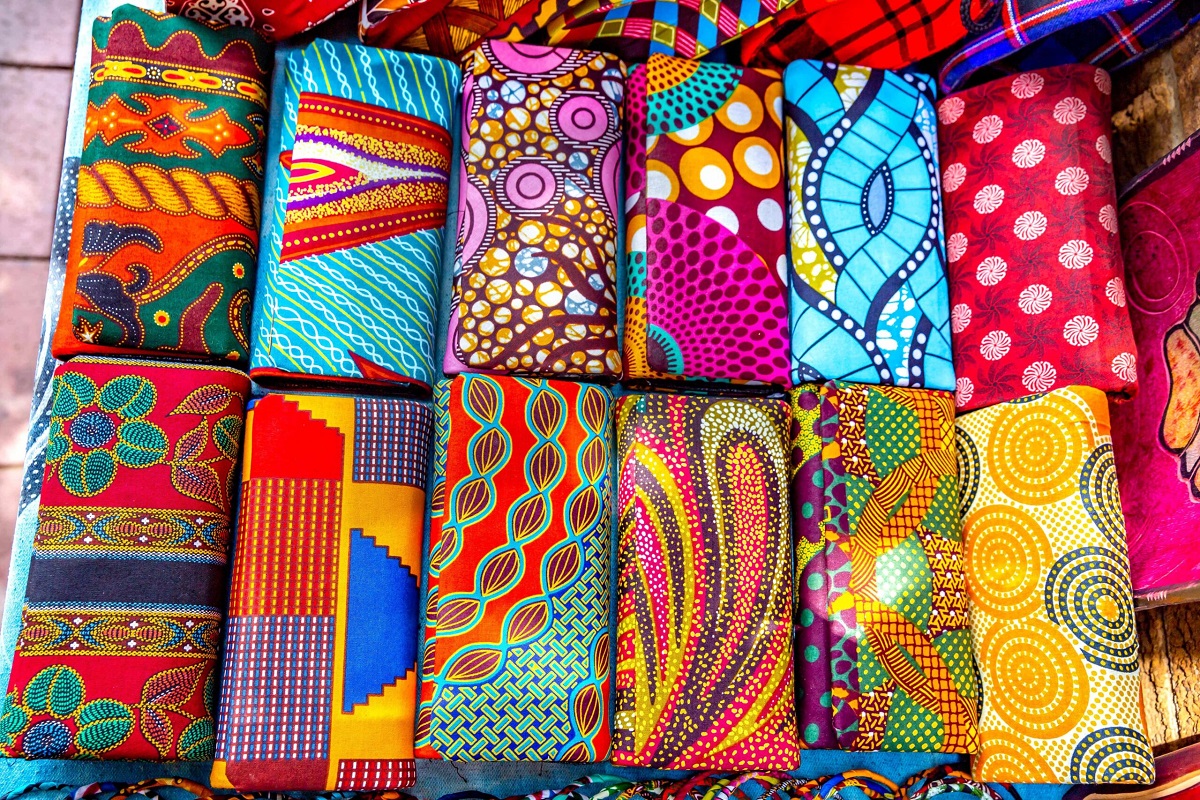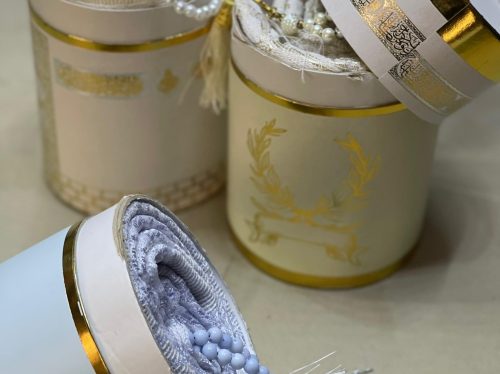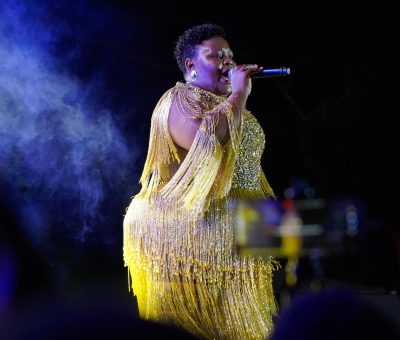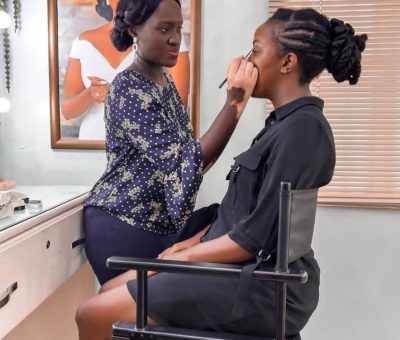It is time to accept the new normal in fashion

With each new year comes a number of resolutions and the start of 2020 was no different. Apart from looking to achieve more in the workspace, more white-collar workers were looking at how to revamp their wardrobes. As they were settling into the year, a total lockdown was announced, the first of its kind, at least in many years.
People worked from home and previous impossibilities, were suddenly possible, such as holding meetings remotely and operating network systems away from the office. That tweaked several employers’ minds as we saw Google allowing their workers to stay at home until 2021. Oh yes, we knew that soon, all this would be behind us.
Then came the Delta Variant and not only was it ferocious but we were shoved back into the hole we were just emerging from. Just as employees were putting their houses in order, they were back to the dining table, the nightstand or whatever it is they were using for a workstation. That is not forgetting minimal care because there was no one to please.
Shan Twagiira*, a blogger says she was pushed back into a corner she had started calling office. In here, her pyjamas, head sock and flip-flops were the attire because she was not having any face-to-face meetings with clients. Twagiira is no longer under the pressure to wear any makeup unless there is a zoom meeting. Additionally, she has developed a liking for all things comfortable and cannot envision a life of high heels, a 30-minute wait before she can perfect her makeup, not forgetting the need to have a hairstyle change on a monthly basis for show’s sake.
Dorcus Lubega of Mosador Designers agrees that there will be very many changes going forward with many embracing African wear more than ever. She reasons that African fabric is versatile since it can be turned into casual, office or party wear. That is unlike some materials that you cannot use for any occasion. For example, a long African fabric dress can work for a burial, as well as church. On the other hand, satin, linen, cotton are selective and may not cut across functions. Lubega says while no one will stop you, you will look out of place and in the case of high quality satin, say if worn to office, one will look overdressed.
She adds that African fabric is cheaper and sold in bigger portions compared to other fabrics. Granted, some fabric sellers will cut African fabric to small portions, however Lubega says, when bought from wholesalers, it is six yards and starts from Shs40,000 which is cheaper than say, linen whose meter is Shs35,000. As well as the six yards advantage, one can make different attire, which is impossible with other fabric types.
Comfort over style
Understandably, people are into the comfortable and longer lasting clothes, and Angela Birungi, of Birungi Designs says most of her clients are prioritising comfort over style. For example, many are opting for round dresses such as kaftans and even professionals are following suit.
However, while she agrees that office clothes are getting dressed down and will remain so until the situation stabilises, Birungi says fashion changes on a monthly basis so there is no ground for people to believe that owing to the pandemic, fashion will remain skewed to one side. For example, a lawyer will never go to court dressed in a sweatshirt; it will always be a suit. Another example is board meetings where it is less likely that the bar will drop in the face of the pandemic.
Another aspect is pandemic control measures, which have led to transport cost hike as well as curfew thus reduced transport modes beyond 7pm. These have greatly affected people, many of whom Lubega says have resorted to walking. For these, attires such as ties, coats, high heeled and closed shoes are no longer a possibility because they make walking, a tiring excursion, even more difficult. That is why comfortable outfits such as canvass and T-shirts are now trending.
Birungi adds that the change in fashion sense could also be due to the hike in prices of fabrics since the pandemic onset resulting in a very costly cloth. While that is mainly an encumbrance for people who wear custom-made clothes, she says even those that sell ready-to-wear clothes had to cut back on prices to in order to sell and hence make a living as business slowed down due to movement restrictions. Vendors and tailors no longer look at the business as commercially viable. Does that spell doom? Of course not, but this is it as of now and the change in tastes and trends will continue to bite for a while.





































